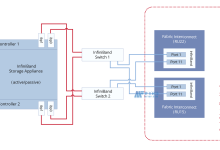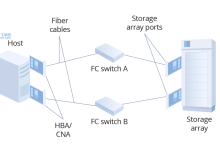As a system administrator, often times you need to control the linux Kernel. Linux systems, like most operating systems, have built-in command-line utilities and libraries to help you with this task. One of the most popular commands in Linux is “ctl”, which is a command-line utility that lets you control various parts of the Linux kernel.
The ctl command has a lot of options and parameters that can be used to control different parts of the Linux system, but it can be difficult to know exactly how to use them. That’s why it’s important to master the ctl command. In this article, we’ll explore some tips and tricks to help you get the most out of the ctl command and how to use it to control your Linux machine.
First, let’s look at how to use the ctl command. The basic syntax of the command is “ctl ”. The ctl command takes a number of options, such as “-f”, which is used to force the command to execute even if errors are found. There are also other options that let you add additional details to the command.
For example, you can use the “-s” option to redirect ctl commands to the standard output. This is useful for redirecting the output of ctl commands to a log file, or to a remote device.
You can also use the “-t” option to specify a time limit for the command. This is useful if you want to make sure the command completes within a certain amount of time.
Another useful option is “-v”, which is used to display the version number of the ctl command. This can be used to verify that you are using the most up-to-date version of the command before executing it.
Once you get the hang of using the ctl command, it’s time to start learning some advanced tricks. One such trick is to create a bash script that can control a Linux machine. This can be used for automated tasks such as shutting down a machine at a specific time or running specific commands on a regular basis.
Here’s an example of a bash script that can be used to restart a machine:
#!/usr/bin/env bash
# Restart a Linux machine
ctl -f shutdown -r now
This example script uses the ctl command to shut down the machine, but you can also use the “-h” option to do a hard reset instead.
Finally, you can use the “-l” option to list the version of the ctl command, which is useful if you need to troubleshoot a command that is having an issue.
By mastering the ctl command, you can use it to control your Linux machine with a high level of accuracy and efficiency. The tips and tricks discussed here are just the tip of the iceberg. With a bit of exploring, you can find many more ways to use the ctl command to get the most out of your Linux machine.

 国外主机测评 - 国外VPS,国外服务器,国外云服务器,测评及优惠码
国外主机测评 - 国外VPS,国外服务器,国外云服务器,测评及优惠码












